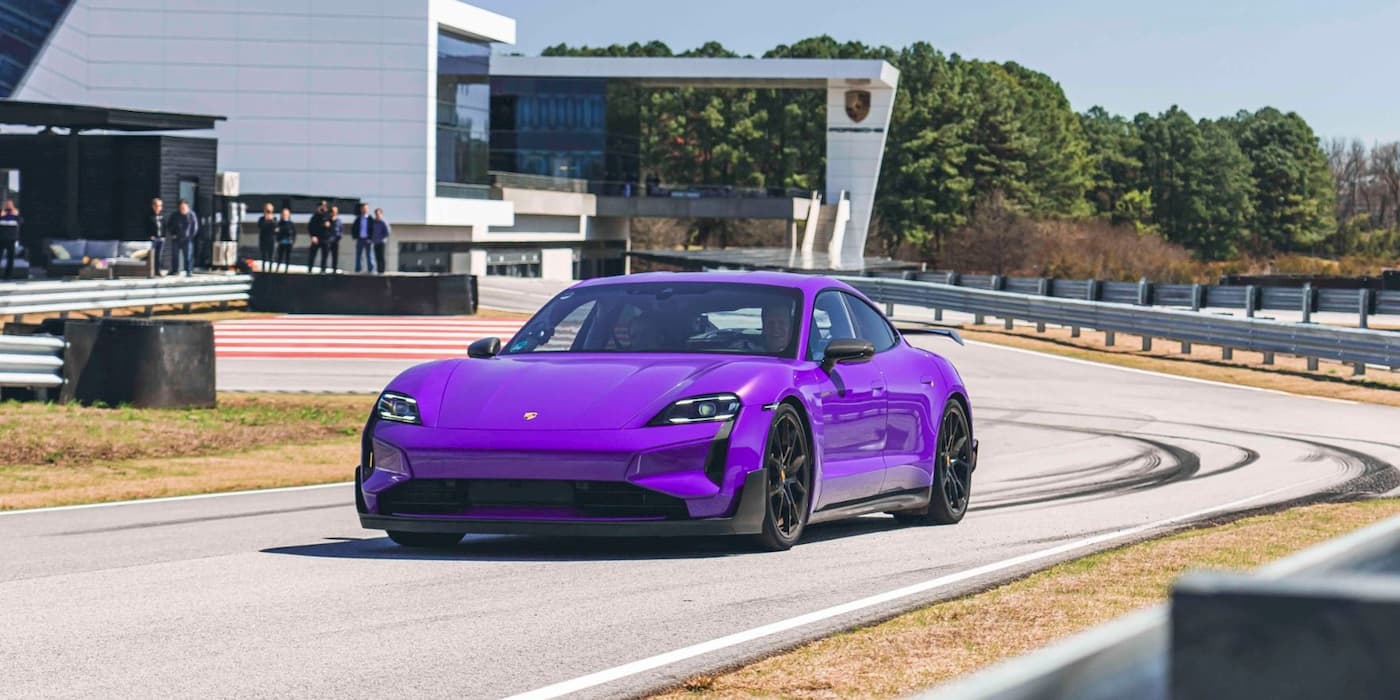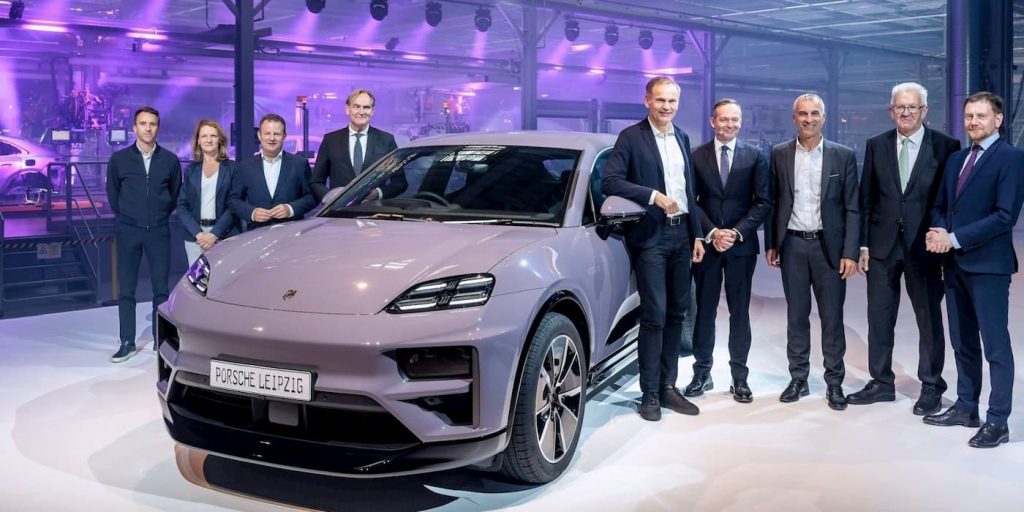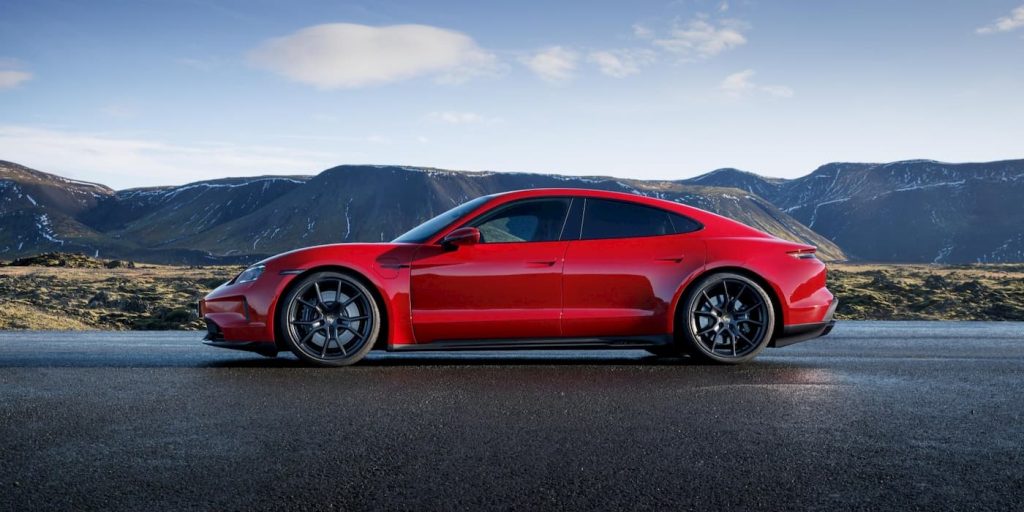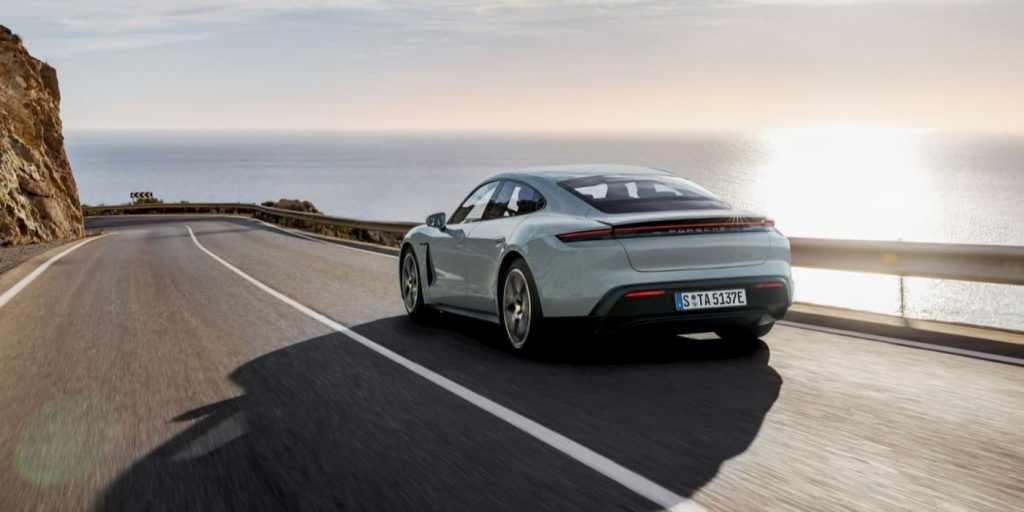Porsche is cutting nearly 2,000 jobs in Germany as its EV struggles worsen

Porsche plans to cut 1,900 jobs in Germany by 2029 as it struggles with slumping EV sales. The luxury sports car maker has already warned of lower profits this year. With plans to reduce its workforce, is Porsche sounding the alarm?
Porsche to cut jobs in Germany as EV sales lag
After announcing last week that it expects profit margins of around 10% to 12% this year, significantly lower than its long-term 20% target, Porsche said it would launch new internal combustion (ICE) and plug-in hybrid (PHEV) vehicles in response.
The company warned that developing the new models and other battery-related projects would cost an extra 800 million euros ($830,000) in 2025.
It looks like the situation could be even worse than expected. Porsche said it would cut 1,900 jobs at two German plants by 2029 (via Bloomberg), blaming “challenging geopolitical and economic conditions.” The sites include Porsche’s Zuffenhausen and Weissach plants, where it aims to reduce around 15% of the workforce.
The job cuts are expected to be voluntary, including through early retirement and layoff packages. A job security agreement is still in effect for employees in Germany until 2030.

Porshe also plans to take a “restrictive approach” to hiring, hinting growth could be slower over the next few years.
Porsche’s global deliveries dropped 3% last year, driven by a sharp decline in China, one of its most profitable markets in recent years.

As domestic EV makers like BYD, XPeng, Li Auto, Geely, and others gain momentum with advanced new models, foreign automakers continue to get squeezed out of the market.
A report from Germany’s Handelsblatt suggested other Volkswagen-owned brands could follow Porsche’s lead by introducing more ICE and PHEV models. The Volkswagen Golf, T-Roc, Tiguan, and Audi A3 are potential candidates, but we reportedly won’t see them until after 2030.

In an email to Bloomberg, the company confirmed that “Volkswagen has not changed its plans to phase out the combustion engine in Europe by the early 2030s,” adding it will “react flexibly to possible market changes.”
Electrek’s Take
While Volkswagen, Porsche, and most leading global automakers have cited slowing demand for EVs, the numbers prove otherwise.
Top comment by Chris Malek
Liked by 3 peopleThis is unfortunate for Porsche, their new Macan platform appears to be outstanding. The reality is, though, that China is a major EV market and their domestic brands are outperforming western OEMs at significantly lower cost, decimating profits that used to be generated there.
This is exactly the threat that produced the 100% US tariffs for Chinese EVs, to try to hold back the tide. All OEMs are on the clock to rapidly improve to meet the competition...or die.
According to Rho Motion, 1.3 million electric vehicles were sold globally in January 2025. Although that’s down from the record 1.9 million in December due to typical seasonality, the market has grown 18% from January 2024.
While Porsche continues investing in outdated gas-powered vehicles, EV leaders like BYD are doubling down on software, AI, connectivity, smart driving features, and other tech that buyers are looking for.
BYD just launched 21 of its best-selling vehicles this week with its new “Gods Eye” smart driving system for free. Although BYD is best known for its affordable EVs, like the Seagull and Dolphin, it’s expanding into Porsche territory with several new luxury models under its Denza and Yangwang brands rolling out. And BYD is only one example. Several Chinese EV makers, such as XPeng and NIO, are also expanding, with new models arriving.
Can Porsche keep up? Or will it continue falling behind as the global market shifts to electric vehicles? Let us know your thoughts in the comments below.
免责声明:投资有风险,本文并非投资建议,以上内容不应被视为任何金融产品的购买或出售要约、建议或邀请,作者或其他用户的任何相关讨论、评论或帖子也不应被视为此类内容。本文仅供一般参考,不考虑您的个人投资目标、财务状况或需求。TTM对信息的准确性和完整性不承担任何责任或保证,投资者应自行研究并在投资前寻求专业建议。
热议股票
- 1
- 2
- 3
- 4
- 5
- 6
- 7
- 8
- 9
- 10